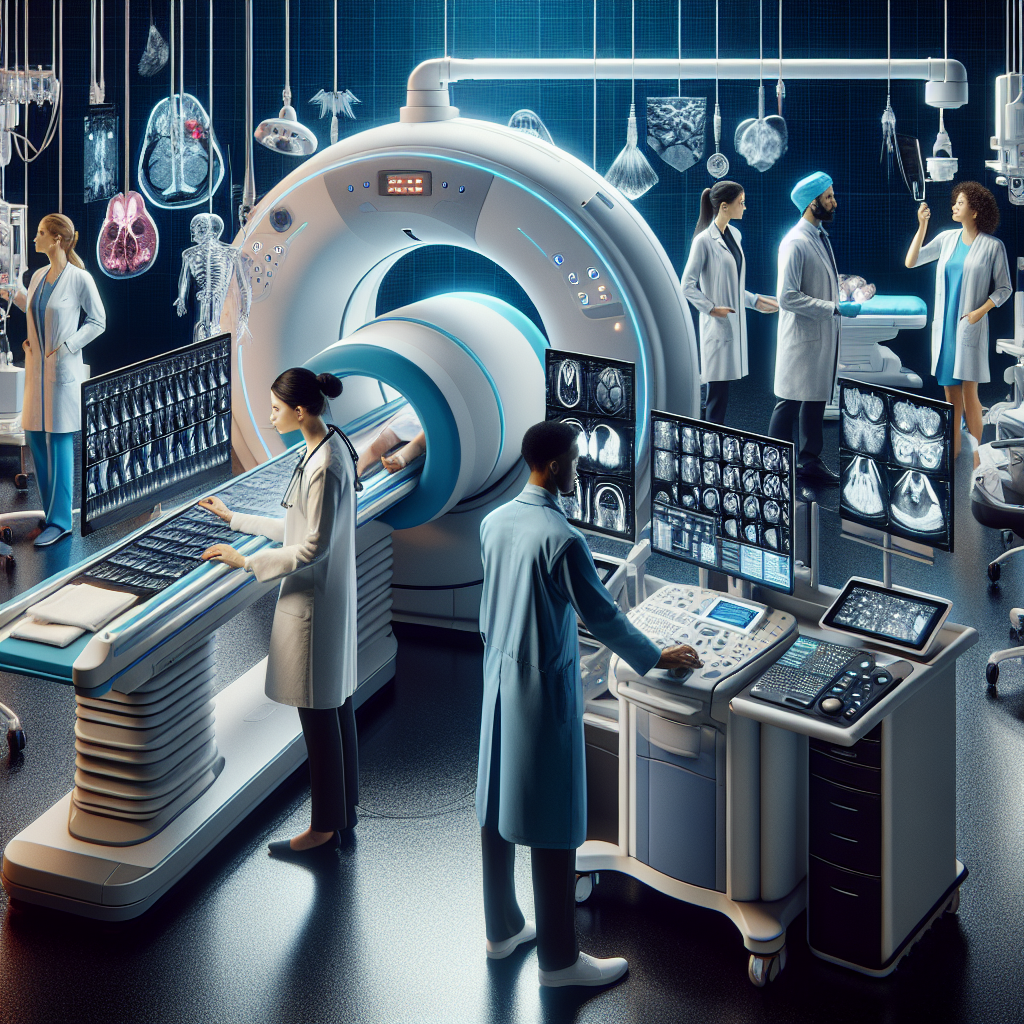Introduction
Radiology and imaging are terms often used interchangeably in the medical field, but they have distinct meanings and applications. Understanding the difference between radiology and imaging can help patients and healthcare professionals navigate the world of medical diagnostics and treatments more effectively. In this article, we will explore the definitions, purposes, and techniques behind radiology and imaging.
Table of Contents
- What is Radiology?
- What is Imaging?
- Differences Between Radiology and Imaging
- Key Takeaways
- Frequently Asked Questions
- Conclusion
What is Radiology?
Radiology is a branch of medicine that focuses on the diagnosis and treatment of diseases and injuries using medical imaging techniques. It involves the use of various imaging modalities, such as X-rays, computed tomography (CT), magnetic resonance imaging (MRI), ultrasound, and nuclear medicine, to visualize the internal structures of the body. Radiologists are medical doctors who specialize in interpreting and analyzing these images to provide accurate diagnoses.
What is Imaging?
Imaging, on the other hand, is a broader term that encompasses the entire process of creating visual representations of the body’s internal structures for medical purposes. It involves the use of radiology techniques, as well as other non-radiology methods like endoscopy and microscopy, to generate images that aid in the diagnosis, monitoring, and treatment of various medical conditions. Imaging techniques can be invasive or non-invasive, depending on the specific procedure being performed.
Differences Between Radiology and Imaging
1. Scope
Radiology is a subset of imaging that focuses specifically on the use of radiation-based modalities to produce images. It primarily involves X-rays, CT scans, and nuclear medicine procedures. On the other hand, imaging encompasses a wider range of techniques, including radiology, endoscopy, microscopy, and other non-radiation-based methods.
2. Technological Focus
Radiology heavily relies on technologies that use radiation, such as X-ray machines and CT scanners. These technologies emit ionizing radiation to capture images of the body’s internal structures. In contrast, imaging techniques can utilize both radiation-based and non-radiation-based technologies, depending on the specific needs of the patient and the medical condition being investigated.
3. Applications
Radiology is primarily used for diagnostic purposes, allowing radiologists to identify and diagnose various diseases and injuries based on the images produced. It is also used for image-guided interventions, such as biopsies and minimally invasive surgeries. Imaging, on the other hand, has a broader range of applications beyond diagnosis, including monitoring the progress of treatments, guiding surgical procedures, and visualizing the body’s internal structures in real-time.
Key Takeaways
- Radiology is a branch of medicine that focuses on the use of radiation-based imaging techniques, while imaging is a broader term that encompasses various medical imaging modalities.
- Radiology primarily uses radiation-based technologies like X-rays and CT scans, whereas imaging techniques can utilize both radiation-based and non-radiation-based technologies.
- Radiology is primarily used for diagnostic purposes, while imaging has a wider range of applications in diagnosis, treatment, and monitoring.
Frequently Asked Questions
What are some common radiology procedures?
Some common radiology procedures include X-rays, CT scans, MRIs, ultrasounds, and nuclear medicine scans.
Are radiologists the only healthcare professionals who use imaging techniques?
No, other healthcare professionals, such as surgeons, gastroenterologists, and cardiologists, also use imaging techniques in their respective fields of practice.
Is radiation exposure a concern in radiology?
Radiation exposure is a concern in radiology, but modern imaging technologies have significantly reduced radiation doses compared to older techniques. Radiologists and technologists take precautions to minimize radiation exposure to patients.
Conclusion
In conclusion, radiology and imaging are closely related but distinct terms in the medical field. Radiology focuses specifically on the use of radiation-based imaging techniques, while imaging encompasses a broader range of medical imaging modalities. Understanding the difference between radiology and imaging can help patients and healthcare professionals make informed decisions regarding their medical treatments and diagnoses. Whether it’s a radiology procedure or another imaging technique, these tools play a crucial role in modern medicine by allowing healthcare professionals to visualize the body’s internal structures and provide accurate diagnoses and treatments.




